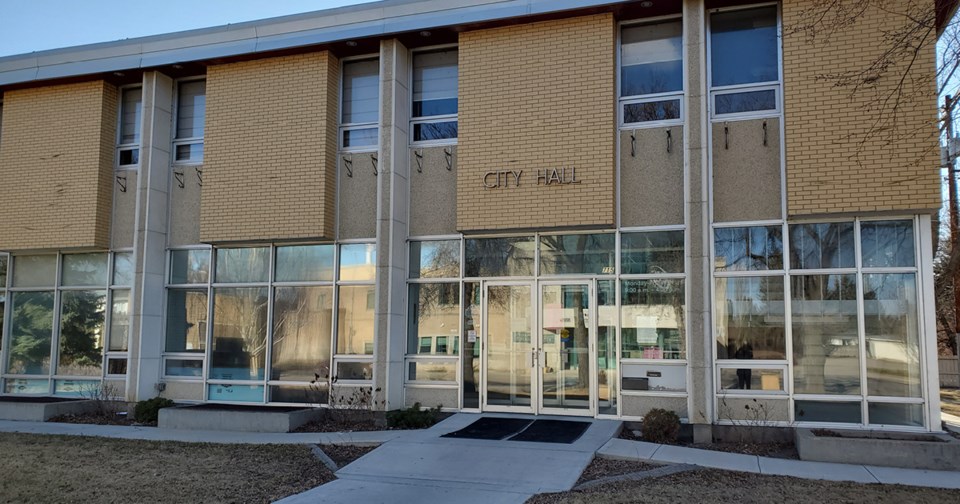HUMBOLDT — Council is moving ahead with the first phase of a project that aims to reduce flooding after major storms in a part of the city hit hard by them.
At its June 27 meeting, council voted to award a $125,000 plus tax contract to ISL Engineering to design a dry storm pond at Carl Schenn Park, which should reduce flooding in the subdivision around Barnes Crescent.
The north end of Carl Schenn Park would be recessed so that when there’s a major storm that overloads the storm sewer system, the excess water can be stored there.
“When the weather is dry, and even when smaller rainfalls occur, the park continues to be used normally,” Peter Burgquist, the city’s public works director, told council. “During more intense rainfall events, the park will purposely flood and then return to a usable state once the downstream storm water system has caught back up.”
Part of ISL Engineering’s task will be to come up with a more detailed cost estimate for the project. Early estimates place the project at around $1.5 million.
Burgquist said the soccer field at Carl Schenn Park would be affected by the construction.
“We want to maintain soccer in that area. It may look different maybe slightly smaller quite simply because of the side slopes on the side, but we do want to maintain a soccer presence in that field.”
A ball diamond backstop on the northeast corner of the park is expected to be removed. A playground on the south side of the park wouldn’t be affected.
Bergquist said there will be consultations with user groups, as well as with property owners with 75 metres of the park.
The goal would be to build the dry storm pond in 2023, pending unforeseen circumstances.
Coun. Roger Nordick asked if the city could face liability issues when the pond fills up during a storm. Burgquist replied that that’s a concern other municipalities have looked at – and they’ve decided the benefit outweighs the potential dangers.
“During the actual rain event, we're not too concerned because it's raining so hard,” Burgquist said. “Nobody wants to be in the park anyway. It's a conscious effort to get out there and play in such a water body.”
Nordick suggested placing warning signs in the park. Burgquist added that it will also help that the neighbourhood would know the purpose of the pond.
The city examined alternatives to the dry storm pond at Carl Schenn Park, Burgquist said:
- Upsized water pipes in the area would be very expensive, requiring the streets be torn up and repaved.
- A dry pond to the west on PAMI lands would work, but estimated costs would be around $2.7 million, more than $1 million more than the Carl Schenn project.
- A dry pond to the north, located to the north of Swain Crescent, would be too far to benefit the Barnes Crescent area but would benefit others.
- More pumps to pump surface water during storms wouldn’t work because there’s no place to pump the water to during a storm.



